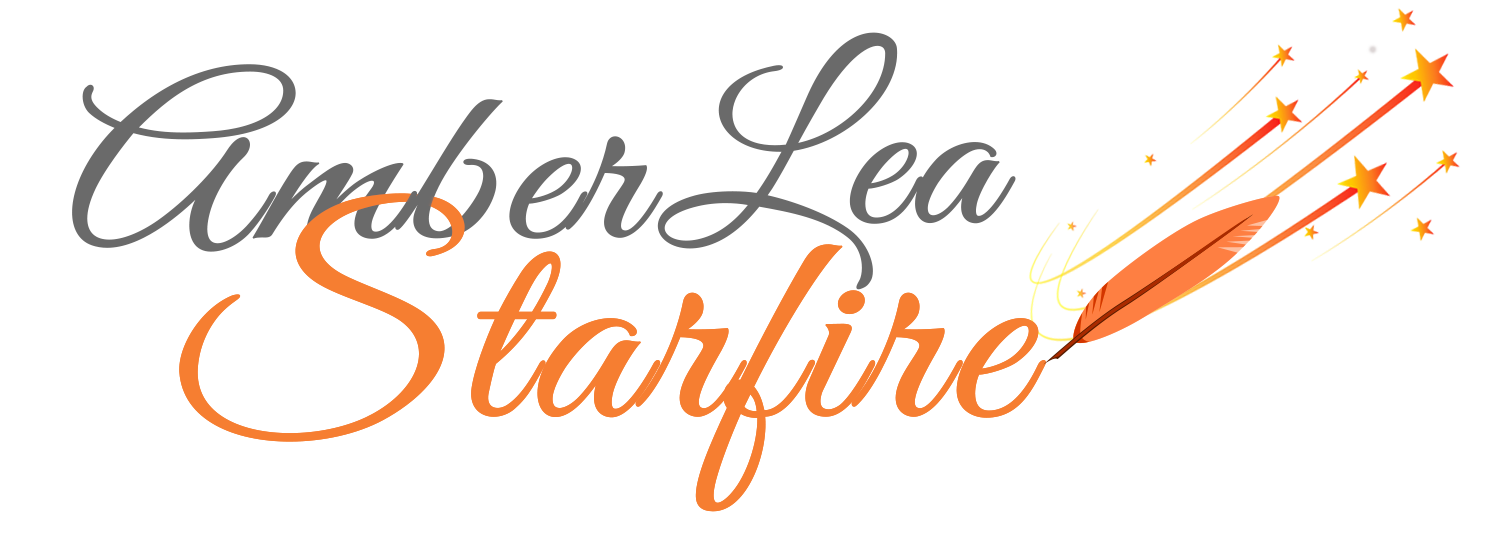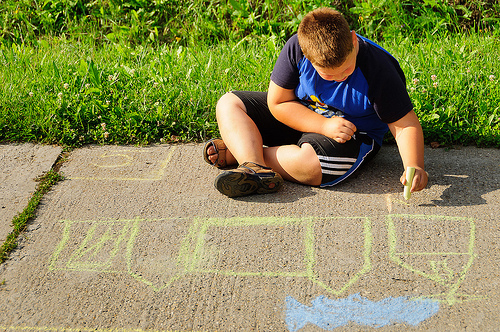This is the second in a series on moving from memories to memoirs. Click here to read Memories to Memoirs, Part 1.
One of the great challenges (and satisfactions) of writing memoir is dealing with fragmented memories. We may remember only a snippet of an event; we may be haunted by a key images or emotions but don’t remember enough of the context — surrounding moments, people, places, and conversations — to write about it. Or at least that’s what we think.
What I have found is that the context to all our important memories is there, stored in our minds and bodies; it only needs a little probing to be released. So today I want to share with you a technique I learned from Bill Roorbach’s book, Writing Life Stories — a technique that has helped me and many of my students trigger and expand our memories.
Map Stories
Though we don’t often realize it, our memories are associated with the places in which the events occurred. Drawing maps of places you’ve lived, worked, played, and gone to school can expand memories in surprising ways, recreating whole worlds of experiences. By encouraging our minds to remember the details of those places, we unlock the details in each of those places’ nooks and crannies.
Try this:
Get a piece of paper, the larger the better, and colored pencils or crayons. If you don’t have colored pencils, a regular pencil will do the trick.
Now, draw a map of the earliest neighborhood you can remember living in. Draw the streets and neighboring houses with as much detail as possible. As you draw, ask yourself:
- What were the names of the streets?
- Who lived where?
- Where were my secret places?
- Who were my friends? Where did they live? What about the friends of my brothers and sisters?
- Where wasn’t I allowed to go?
- Where did the good and things happen?
- Where did the bad things happen?
Don’t worry about making the map perfect or to scale. Don’t worry about getting the lines straight. Allow yourself to sink back into the mind of the child that you were as you draw. As images come up, draw them. (You can use a symbol that you’ll remember.) Take time with your map, drawing surrounding trees, geographic details, and so on. You’ll be surprised by how much comes up. Powerful memories will surface that you didn’t even know you had.
Once you’ve finished your map write a story, starting with, “One day ….”
Wrote about what happened in that one place on that one day.
Go ahead. Write.
What’s Next?
Put your map story in a binder. Then draw a map of another time and place in your life: another home, your school, your favorite place as a teenager. Write that story and add it to your binder.
In the next post we’ll discuss Making a Scene.
________________________________
Photo Credit: neonzu1 via Compfight cc






I really like the idea of map stories.
A group of women poets I write with came up with the plan to do map life histories. Some of us used actual maps, while others created fictional maps and used true life events. That exercise was one of the most fun and illuminating we tried. Somewhere in all my “art stuff” I still have that map.
Thanks for reminding me. : )
Patsy, I would love to see your map, if you can find it. Can you explain how you created fictional maps based on true events? That seems like it would be a fun (and illuminating) exercise.
Amber, i LOVE the idea of map stories! i love maps anyway, and when i started working on my memoir, i did do a rough sketch of the town we used to live in, at least the streets near our house that i vaguely remembered. 55 years is a long way back in time to try to remember those things, lol. i’ve also sketched the floor plans of the houses i’ve lived in, which jogged a lot of memories. this is such a great exercise, thanks for the reminder!!
Maureen, thanks for sharing how you began working on your memoir, as well as how drawing the floor plans helped to jog memories. Whether we have 55 years or 12 years to try to recall, there’s just something about working with image and space that helps to evoke memories.
Great articles. When can we expect to see part 3?
Marie, thank you for asking. The answer is soon … the next post in fact!
Pingback: From Memories to Memoirs Part 5 — Strong Verbs — Writing Through Life
Amber Lea Starfire,
I have so many miserable traumatic memories that I haven’t written a memoir although I have read Bill Roorbach’s books,and a few others. I want to,yet cannot make myself. I buy journals,on sale,lovely ones, and if I open one I might manage a page of two. It then feels like the journals are too good for me to write in. (childhood abuse was not my fault) All these many years later I blame myself for never being quite acceptable. help! I take medication for depression and anxiety. I have had good times and traumatic times in adulthood also. I just turned 60 last fri. Shouldn’t I start soon? Thank you Amber Lea Starfire,for all you do! <3
Hi Mary. Yes, I do think you should start soon … and I would recommend not putting any pressure on yourself to write a memoir or anything else. Writing is such a healing activity, that it is valuable in and of itself. Try exploring one topic in your journals — a topic that is not too threatening or overwhelming — using some of the journaling prompts and/or techniques I offer on this website. (Or sign up for the free journaling 101 email course.) Allow yourself only 10 -15 minutes to write in any one session. Then stop, and come back the next day at the same time. You will know when you are ready to actually put some of those memories onto the page.
Thank you for sharing this information. I am always looking for a way to write a better memoir. Also, thank you for allowing me to print this information. I plan to teach a class at my church in January 2019 on reflective writing. This information will be a teaching tool.